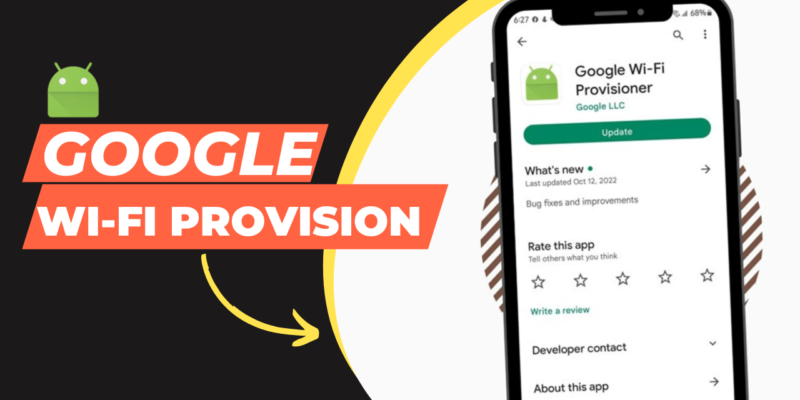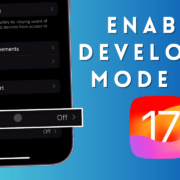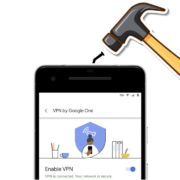These days, pretty much everything in our homes is hooked up to the internet, from our phones and laptops to our fridges and smart light bulbs. So, it’s super important to have Wi-Fi that doesn’t let you down. That’s where Google comes in. They’re always coming up with cool tech stuff, and they’ve made this thing called Google Wi-Fi to help keep your internet running smoothly all over your house.
Now, there’s this part of Google Wi-Fi called the Google Wi-Fi Provisioner. It might sound fancy, but it’s basically the tool you use to set up your Wi-Fi network and keep it running the way you want. In this article, we’re going to break down what the Google Wi-Fi Provisioner is all about and figure out if it’s something you’ll need.
Table of Contents
What Is Google Wi-Fi Provisioner?
Google Wi-Fi Provisioner is a software component that makes setting up and configuring Google Wi-Fi devices/ Google Nest Wi-Fi system and your Wi-Fi network configurations easier. It acts as a bridge between your smartphone or tablet and Google’s Wi-Fi network. By connecting many Google Wi-Fi devices, this provisioner allows users to establish a mesh network, ensuring better coverage and signal strength throughout their homes.
In order to maintain the high-speed data connection to the internet through your regular ISP, such as Xfinity, Comcast, etc, Google Wi-Fi uses a modern router in comparison to standard ISP equipment present at your home and up to 2 access points throughout your home or business. You can set up your network with Google Wi-Fi to give a specific device priority.
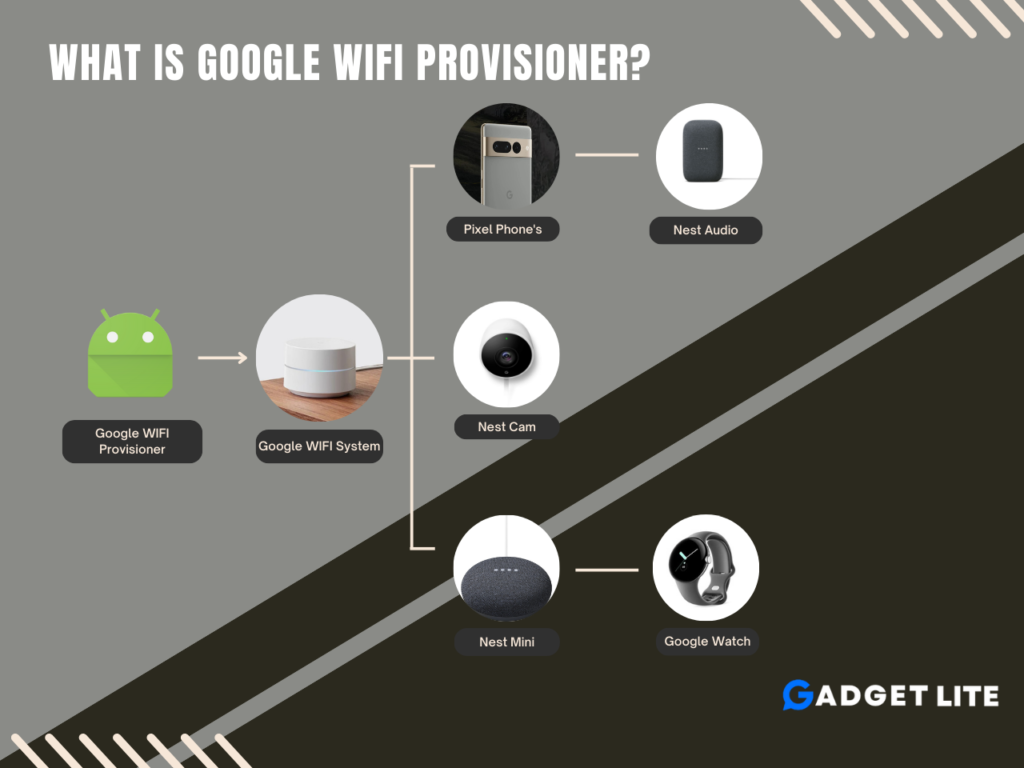
Google Wi-Fi Provisioner is a method of gaining access to your Internet as it connects you with better Wi-Fi connections and connectivity points, thus making the control and management of your internet based on the number of people you share the connection with possible.
Often times, Google Wi-Fi systems/Google Nest Wi-Fi systems will ship with 1 or more units in a package, depending on the bundle you picked up. Such access points are also known as nodes which are commonly spread around to connect with each other wirelessly to make the range of network bigger. No matter how inexperienced you are, the integration of mesh network is a piece of cake thanks to the guidance of provisioner in the setup process.
In simple terms, Google WiFi Provisioner offers your devices the convenience of wireless updates of carrier network settings resulting in better connections and increased hotspot coverage.
During the setting up process, you are required to connect your the smartphone or tablet with the primary Google Wireless (Wifi) router through Bluetooth. The working mode app accessible on Android and iOS gives you a chance to customize important settings like the network name, professional password, and parental control. It provides an interface that is user friendly. This in turn help to simplify the setup process and make it more accessible even to the person who is not tech savvy.
It is one feature that has been there on Android smartphones all along, although it has been hidden as part of the operating system. Google seems to be autonomously upgrading Wi-Fi Provisioner through Play Store (via Google) going its own way, without the need of an entire Android update.
Recommended Article
Dead Spots at Home? Mesh WiFi Is the Answer
WiFi Connectivity Issues? Here Are the Steps to Take First
How Will Technology Impact the Future of Work and the Job Market?
Do I need Google Wi-Fi Provisioner?
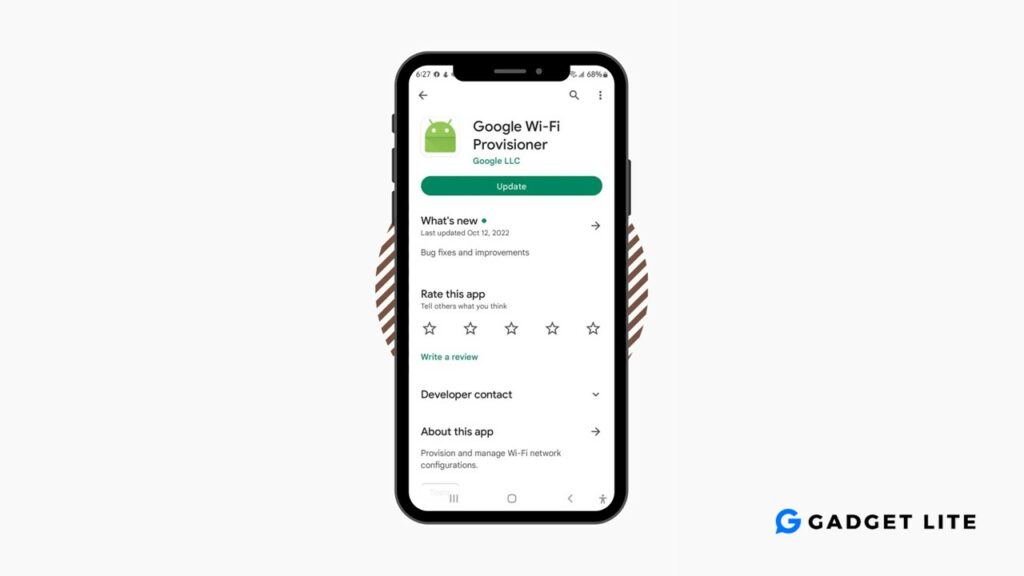
Now, the question arises: do you need Google Wi-Fi Provisioner? The answer depends on your requirements and preferences. The provisioner is undoubtedly beneficial if you’re looking for a straightforward and user-friendly way to set up and manage your Google Wi-Fi network configurations system. It simplifies the entire process, making it accessible to users of all technical backgrounds.
Just a heads-up, though – this thing is made just for Google Wi-Fi or Google Nest Wi-Fi setups. If you’ve got a different kind of ISP router or mesh system from your internet provider, then the provisioner might not be your cup of tea.
Pros
- Provide Fastest Internet Speed
- Strong and reliable WiFi network
- Google WiFi or Nest WiFi Support
Cons
- Not Compatible with other WIFI devices
- Can’t Uninstall it
Can I uninstall Google WIFI provisioner app?
Yes, you can safely uninstall the Wi-Fi provisioner app or disable it. If you do not use any devices such as the Google Wi-Fi or Google Nest Wi-Fi system, there is no need for the Google Wi-Fi provisioner app, and it is better to uninstall or disable it. Your device already has an appropriate Wi-Fi provisioning app installed.
Bottom Line
Google Wi-Fi Provisioner plays a crucial role in setting up and managing your Wi-Fi network configurations. Ultimately, the decision to use Google Wi-Fi Provisioner depends on your specific needs and preferences in managing your home network.
Recent Articles
- Download Poweramp Equalizer Full Version APK
- 5 Best Ad free iPhone Wallpaper Apps
- imagetotext.online Review: Why our Experts Rate this higher than all above?
- The Benefits of Linktree for Influencers: Streamlining Content Sharing and Monetization
- 10 Tips to increase your Reddit Karma 2024
FAQs
Is Google Wi-Fi Provisioner safe or not?
Yes, Google Wi-Fi Provisioner is generally considered safe to use as it is developed by Google to manage your Wi-Fi network configurations.
Is Google Wi-Fi Provisioner Malware?
No, Google Wi-Fi Provisioner is not malware. It is a built-in system app on Android phones. It was hidden until last year but is now being updated separately through the Google Play Store.
Does Google develop the Wi-Fi Provisioner?
Yes, it has always been present on your device, but you couldn’t see it because it was concealed within the operating system. Now, Google is updating it openly.

